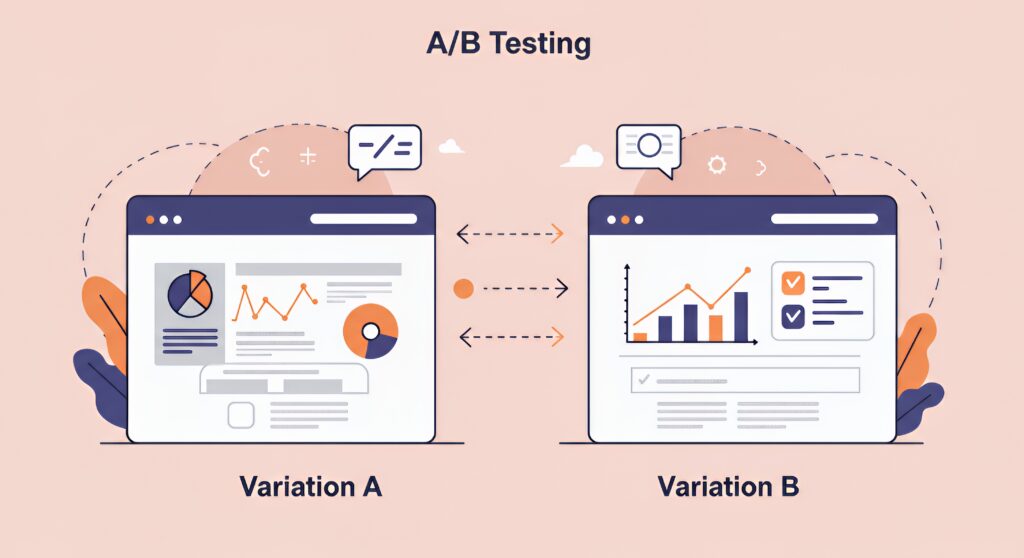Running a paid social media campaign without a clear plan often leads to wasted budget and low results. To make every dollar count, businesses need to aim their ads at the right target audience. This helps boost brand awareness and increases the chance of getting more sales. But how can businesses reach people who are most likely to care about their products? With smart audience targeting and clear goals, companies can turn paid campaigns into a strong tool for growth.
This article explains simple strategies to target the right audience in social advertising.
Know Who You’re Talking To
Every successful ad campaign starts with knowing who should see your message. If a business tries to reach everyone, it usually ends up reaching no one.
Start by checking Google Analytics or similar tools to learn who visits your website. What pages do they view? Which products catch their interest? From this, you can build a simple picture of your target audience. This could be young professionals, parents, or sports fans, depending on your product.
Creating basic buyer profiles helps make campaign setup much easier. For example, a gym’s target audience might be people aged 20-35 who care about fitness and healthy living. Knowing this shapes everything from your ad copy to your landing page.
Need help understanding your audience? Consider working with a paid social ad agency to get expert guidance and maximize your results.
Choose The Right Social Media Channels
Not all social media channels work the same. Choosing the right platform is a key step in your digital marketing strategy.
- Facebook and Instagram work well for product promotion aimed at general shoppers.
- LinkedIn is great for B2B marketing and growing brand visibility among professionals.
- TikTok helps reach younger people using creative video content.
For example, a law firm might get better results from LinkedIn than TikTok. Picking the right social media channels ensures your ads show up where your audience spends time.
Use Targeting Options To Narrow Your Focus
Social advertising platforms offer detailed targeting options to help you focus on the right people. These features save money by avoiding users who aren’t interested.
- Demographics: Reach people by age, gender, education, or location.
- Interests: Target people who follow certain brands or hobbies.
- Behaviors: Focus on people who shop online or regularly click on ads.
For instance, if you sell hiking gear, use targeting options to reach outdoor lovers who follow travel pages. Narrowing your focus like this can greatly improve your conversion rate.
Use Custom and Retargeting Campaigns
Sometimes, your best audience includes people who already know your brand. Using custom audiences and retargeting campaigns helps you reconnect with these warm leads.
- Show ads to people who visited your website but didn’t buy.
- Upload your email list to run ads on social media channels.
- Remind past buyers about new products through retargeting campaigns.
For example, if someone added an item to their cart but didn’t check out, show them a special offer through retargeting campaigns. These methods can help increase web traffic and lead to more sales.
Reach New People Using Lookalike Audiences
Once you have a strong customer base, lookalike audiences can help you grow further. These are new people who share habits and interests with your current customers.
Platforms like Facebook and Google Ads analyze your existing audience and find more people like them. This saves time during campaign setup and helps grow brand awareness naturally. Expanding your reach this way can turn more potential buyers into loyal customers.
Make Your Ads Speak Clearly
Good ads are simple and clear. Even the best targeting won’t work if the message is confusing. Focus on what makes your product helpful.
- Use clear images and short, direct sentences.
- Focus on benefits rather than just features.
- End with a strong call to action like “Shop Now” or “Get Yours Today.”
For example, instead of showing only a product picture, an ad could say, “Stay cool with our lightweight summer shirts—Shop Today!” This gives your audience a reason to act.
Always match your ad copy to your campaign objectives. Whether it’s raising brand visibility or driving sales, your message should clearly support your goal.
Keep Testing and Adjusting

No ad campaign is perfect from the start. Use A/B testing to compare different versions of your ads. You might test different ad copy, images, or calls to action to see which brings better results.
Watch key metrics like click-through rates, conversion rate, and overall web traffic. If your ads perform better with certain age groups or locations, update your targeting options to focus on those users.
Tools like Google Analytics and search engines can help track which campaigns bring people to your landing page and whether they take action. Constant testing keeps your paid campaigns effective and efficient.
Conclusion
Targeting the right audience is the key to a successful paid social media campaign. Start by understanding who your ideal customer is and pick the right social media channels for your ads. Use precise targeting options and don’t overlook retargeting campaigns to stay in front of potential buyers. Keep your ad copy simple and always match it to your campaign objectives. Through A/B testing and careful use of tools like Google Ads and Google Analytics, businesses can improve both web traffic and conversion rates. With the right approach, your paid campaigns will boost brand visibility and help your product promotion succeed.














